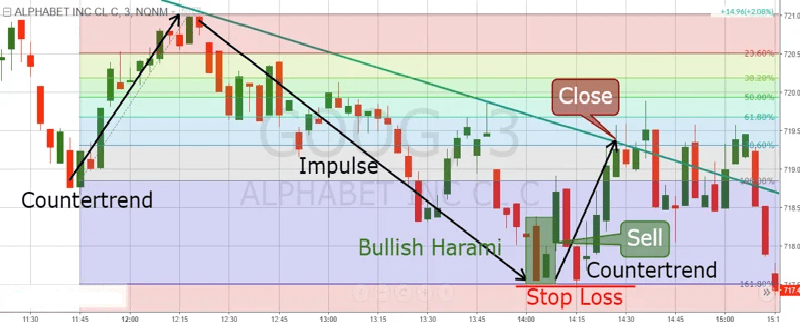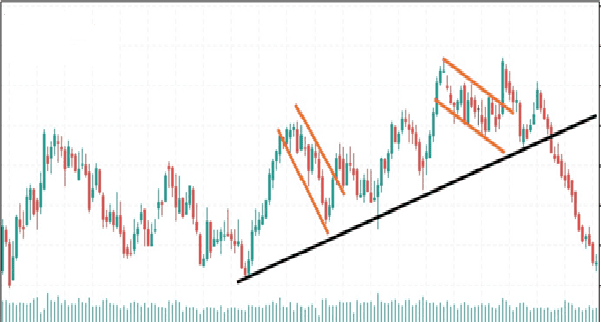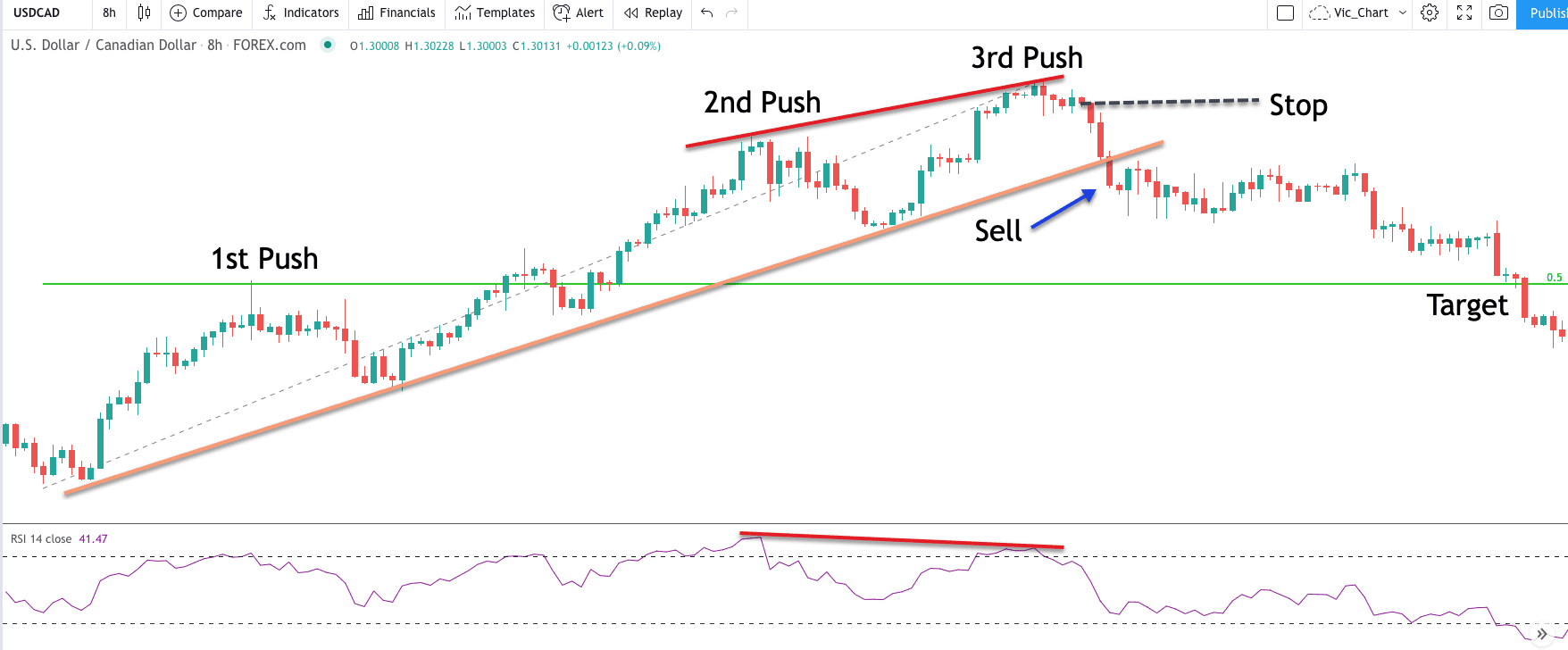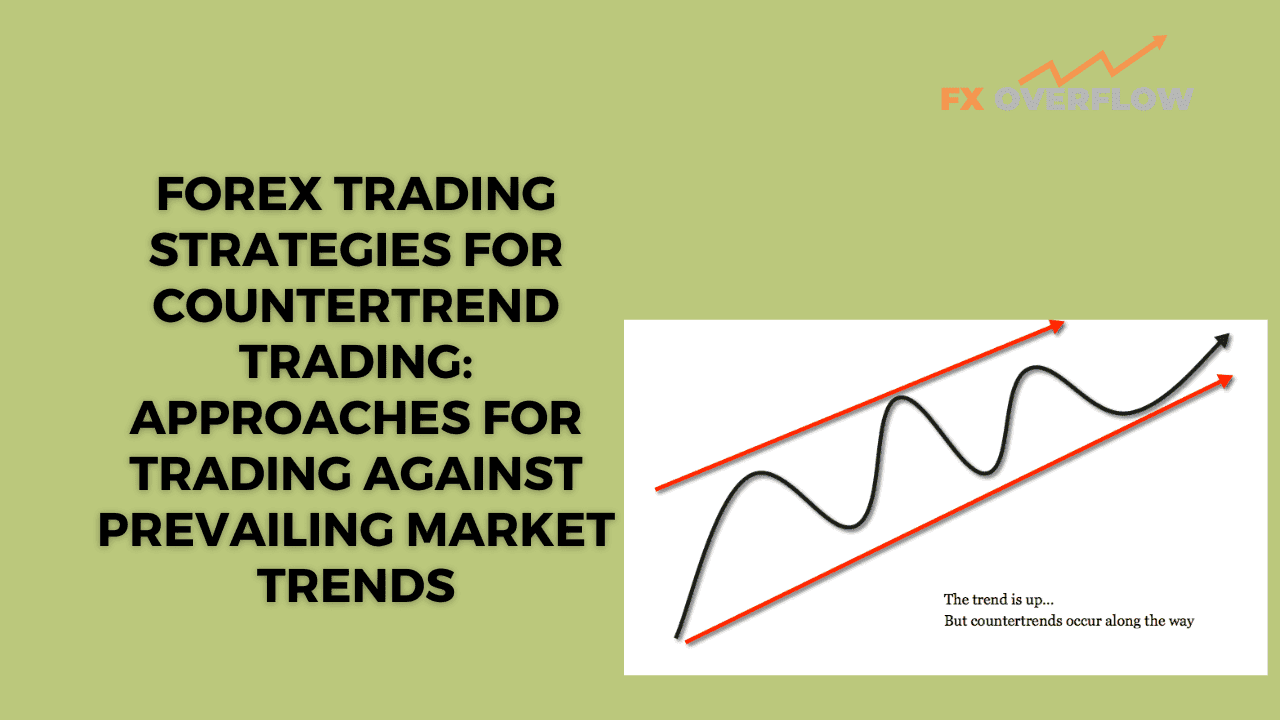Forex Trading Strategies for Countertrend Trading: Approaches for Trading Against Prevailing Market Trends
Forex trading presents an array of opportunities, and one such avenue is countertrend trading. While most traders prefer to ride the prevailing market trends, countertrend trading involves taking positions against these trends. This strategy can be lucrative, but it requires careful analysis, risk management, and a deep understanding of the market. In this article, we explore various countertrend trading approaches, their benefits, challenges, and effective techniques to make informed trading decisions.

Table of Contents:
- Introduction
- The Concept of Countertrend Trading
- Approaches to Countertrend Trading
- Swing Trading
- Mean Reversion
- Pattern Recognition
- Benefits and Challenges of Countertrend Trading
- Effective Techniques for Countertrend Trading
- Risk Management in Countertrend Trading
- FAQs on Countertrend Trading
- Footnote
Introduction:
The world of forex trading is dynamic and diverse, catering to various strategies employed by traders to maximize profits. One such strategy is countertrend trading, which involves trading against the prevailing market trends. While trend-following trading is more common, countertrend trading can offer unique opportunities for skilled and disciplined traders. This article delves into the concept of countertrend trading, different approaches to implement it, the benefits and challenges associated with this strategy, effective techniques to execute successful trades, and the importance of risk management in countertrend trading.
The Concept of Countertrend Trading:
Countertrend trading is founded on the belief that markets are not always efficient and trends can be short-lived. This strategy aims to capitalize on market reversals or temporary price movements that go against the prevailing trend. It essentially involves identifying potential turning points in the market and taking positions that anticipate the reversal.
Approaches to Countertrend Trading:
Countertrend trading encompasses various approaches, each with its unique characteristics. Here are three popular ones:
1. Swing Trading: Swing trading focuses on capturing short- to medium-term price movements within the context of a broader trend. Traders using this approach aim to identify overbought or oversold conditions in the market and enter trades when prices are expected to revert to their mean value. It requires technical analysis skills to spot potential reversal points and manage trade entries and exits effectively.

2. Mean Reversion: Mean reversion trading is built on the premise that prices tend to revert to their historical average over time. Traders using this approach identify instances when a currency pair's price deviates significantly from its historical average, anticipating that it will eventually return to that average. This strategy requires patience and a solid understanding of market behavior.

3. Pattern Recognition: Pattern recognition involves identifying chart patterns that suggest potential trend reversals. These patterns can include head and shoulders, double tops, and double bottoms. Traders employing this approach use technical analysis to anticipate when a pattern is likely to result in a reversal, providing opportunities for countertrend trades.

Benefits and Challenges of Countertrend Trading:
Countertrend trading has its advantages and challenges. Some benefits include the potential for early entry into reversals, opportunities in volatile markets, and the ability to profit during market consolidation. However, challenges include the need for precise timing, increased risk due to trading against prevailing trends, and the potential for false reversals.
Effective Techniques for Countertrend Trading:
- Confirmatory Indicators: Use technical indicators like the Relative Strength Index (RSI) or Moving Averages to confirm potential reversals before entering a trade.
- Divergence Analysis: Look for divergences between price and indicators like RSI or MACD, as they can indicate potential reversals.
- Candlestick Patterns: Pay attention to candlestick patterns like doji, hammers, and shooting stars, as they can provide insights into market sentiment and potential reversals.
- Fibonacci Retracements: Use Fibonacci levels to identify potential support and resistance levels where reversals might occur.
Risk Management in Countertrend Trading:
Effective risk management is crucial in countertrend trading due to the inherent challenges of trading against prevailing trends. Some key principles include:
- Position Sizing: Determine your position size based on your risk tolerance and the potential loss if the trade goes against you.
- Stop Loss Orders: Always use stop-loss orders to limit potential losses in case the market doesn't reverse as anticipated.
- Diversification: Avoid putting all your capital into countertrend trades; diversify your trading portfolio to manage risk.
FAQs on Countertrend Trading:
Q1: Is countertrend trading riskier than trend-following trading?
A: Countertrend trading involves higher risks as traders are trading against the prevailing trend, but it can also yield higher rewards when executed correctly.
Q2: What are the best timeframes for countertrend trading?
A: Countertrend trading can be effective on various timeframes, but many traders prefer shorter timeframes (e.g., 1-hour or 4-hour charts) for quicker entries and exits.
Q3: How can I identify false reversals?
A: False reversals can be identified by confirming signals with multiple indicators, looking for strong candlestick patterns, and waiting for price confirmation before entering a trade.
Q4: Is countertrend trading suitable for beginners?
A: Countertrend trading requires a solid understanding of technical analysis and market behavior. It's advisable for beginners to start with trend-following strategies before attempting countertrend trading.
Footnote:
Countertrend trading offers a distinct avenue for forex traders seeking opportunities beyond the mainstream trend-following strategies. However, this approach demands a thorough understanding of technical analysis, a keen eye for market patterns, effective risk management, and a disciplined approach. While countertrend trading can yield profitable results, it's essential to remember that it carries increased risks due to trading against prevailing market trends. As with any trading strategy, continuous learning, practice, and adapting to changing market conditions are key to success in countertrend trading.











Discussion